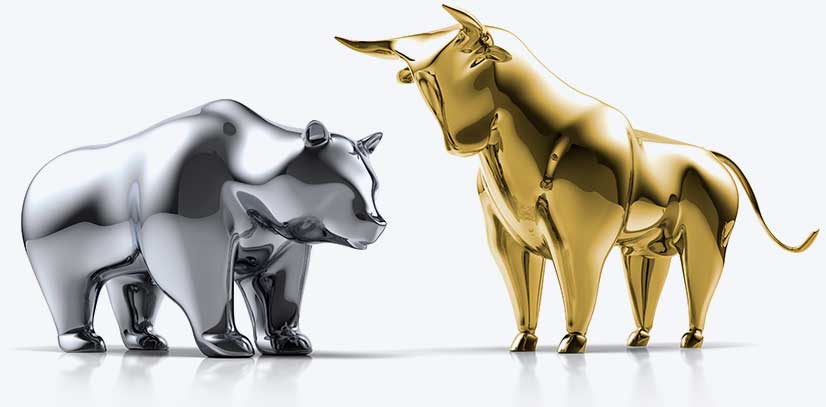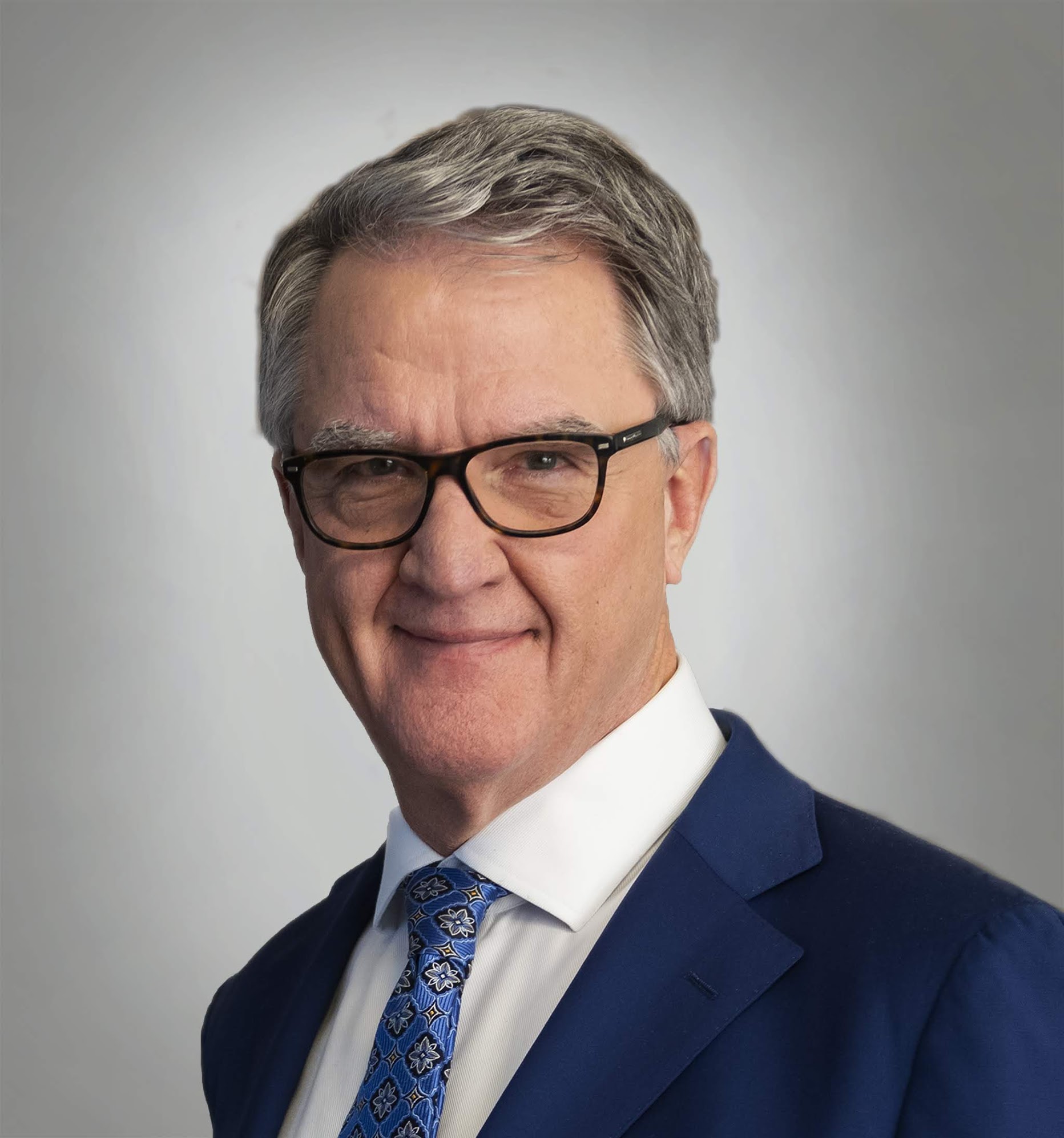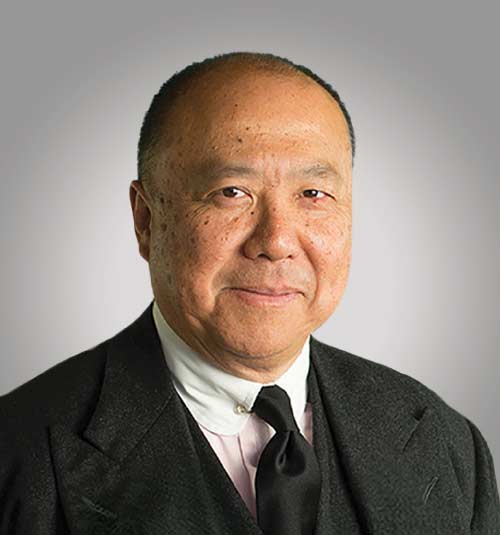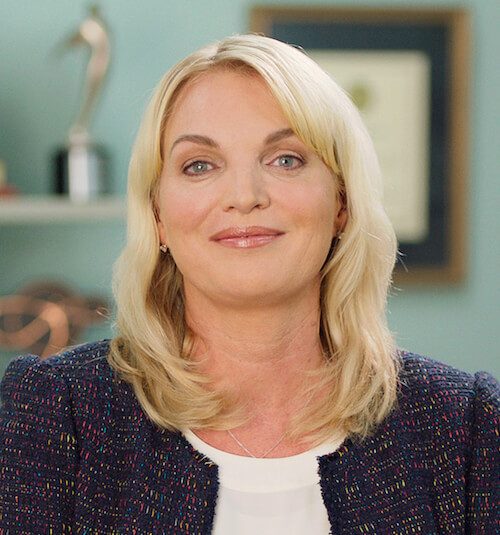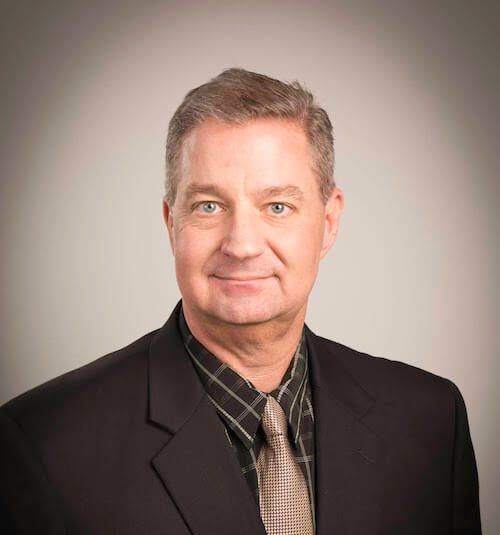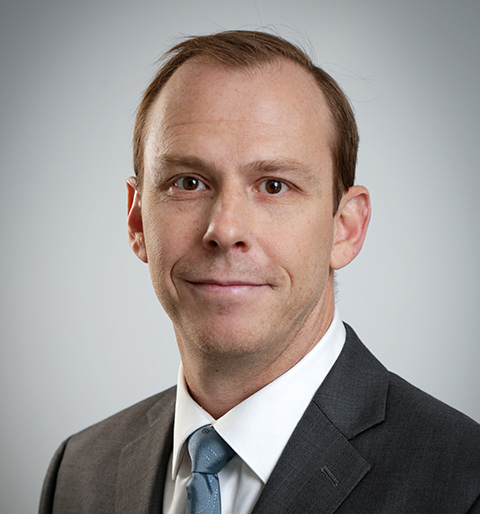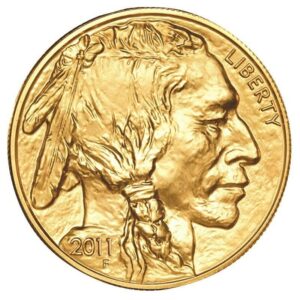Executive Insights
Read valuable and timely articles from our executive team of experts to further your precious metals and coin knowledge.
Our Executive Authors
Philip Diehl
President
Philip N. Diehl is the president of U.S. Money Reserve and a published analyst of the precious metals markets. As 35th Director of the U.S. Mint (1994–2000), Diehl oversaw one of the most impressive government agency turnarounds in recent U.S. history through new product initiatives, increased oversight, strategic reorganization, and fiscal responsibility. His experience and expert knowledge in the field of precious metals strengthens U.S. Money Reserve’s commitment to a superior customer experience.
Edmund C. Moy
Senior IRA Strategist
Edmund C. Moy collaborates with U.S. Money Reserve as Senior IRA Strategist. A recipient of the Alexander Hamilton Medal for public service, awarded to him by then-Treasury Secretary Henry M. Paulson, Jr., Moy served as the 38th Director of the United States Mint (2006–2011). Among many accomplishments during his tenure, Moy oversaw one of the largest increases in volume of precious metals output in Mint history, as Americans turned to safe-haven assets in the wake of the Great Recession.
Angela Roberts
CEO
Chief Executive Officer Angela Roberts joined U.S. Money Reserve in 2003. Roberts has held numerous positions within the organization, culminating in her promotion to CEO in 2015. She is credited with creating the analytic and KPI structure at U.S. Money Reserve. Believing strongly that the people make the business, Roberts has positioned U.S. Money Reserve to be a trusted precious metal leader that always puts their customers and employees first. Learn more in her interview with Forbes.
John Rothans
Master Numismatist
Chief Procurement Officer and Master Numismatist John Rothans has been a key fixture in the numismatic industry for over 30 years. Rothans joined U.S. Money Reserve as a consultant in 2004, eventually becoming Chief Procurement Officer and overseeing all wholesale operations, new product lines, and coin strategy. Rothans is credited with the development, production, and distribution of proprietary product offerings, including U.S. Money Reserve’s best-selling Pearl Harbor and Iwo Jima coin series.
Brad Chastain
Director of Education
Brad Chastain joined U.S. Money Reserve as Director of Education after spending 18 years at Vanguard, one of the world’s largest and most respected investment firms. As a leader in Vanguard’s employee plan retirement education business, Chastain managed a team of specialists and was responsible for helping hundreds of thousands of clients plan and prepare for retirement. He and his team provided in-depth training and education on a variety of financial topics ranging from investments, diversification and risk management, to Social Security, Medicare and College Savings Plans. An in-demand speaker and recognized industry thought leader in the areas of retirement planning and wealth management education, Chastain is dedicated to helping U.S. Money Reserve clients reach their financial goals and build more secure futures with precious metals.
Recent Articles
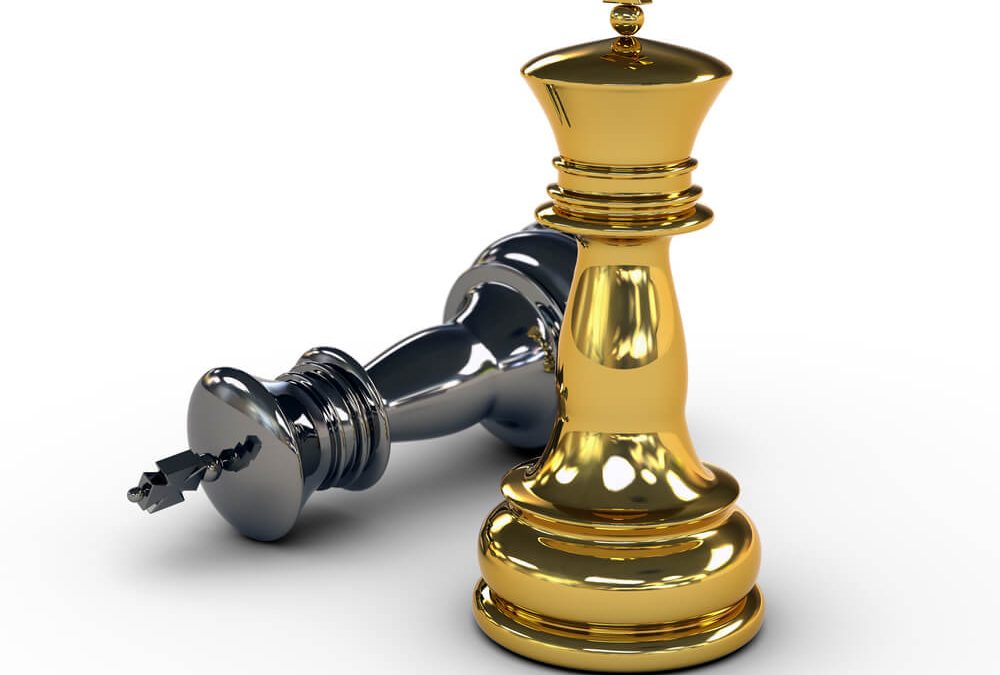
Gold and Equities—A Tale of Two Assets
We’ve always heard that gold has an inverse relationship with the stock market—meaning when the markets are down, gold is up and vice versa. But there have been times when stocks and the yellow metal rise and fall together, so the correlation is a bit more complicated than simply following a chart line. The truth is that gold and...
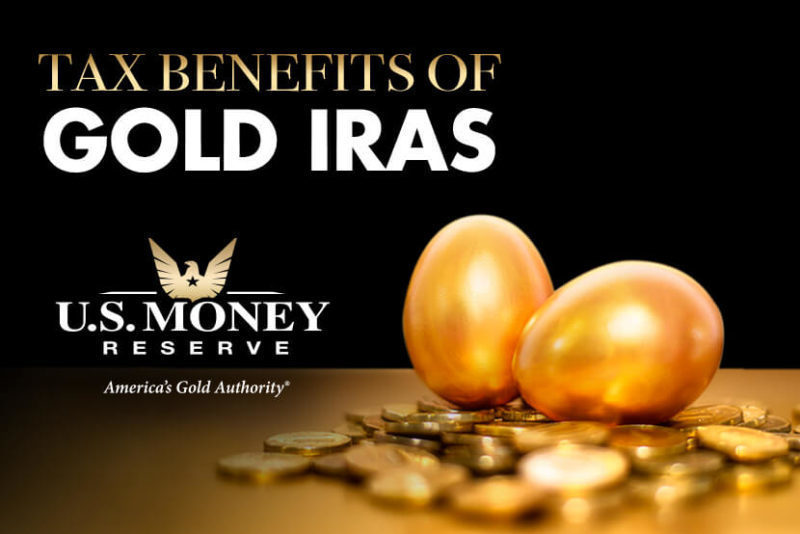
Do You Know These 3 Tax Benefits of Gold IRAs?
Whether you already have a Gold IRA or are seeking last-minute, tax-friendly moves to make with your money, there might be some benefits to Gold IRAs that you don't know. Keep in mind that in a given year, contributions to Traditional and Roth IRAs must be made by that year’s April tax deadline. For 2019, the cutoff date is April 15 if...

Why Bad Things Happen on Mondays: A Short History of Market Crashes
Americans have a long tradition of dreading Mondays. Many of us are jolted back to reality at the start of each week by an alarm clock that signals the end of leisure, relaxation, and time with family and friends. It also marks the beginning of five days of work packed with new projects, deadlines, and expectations. On...
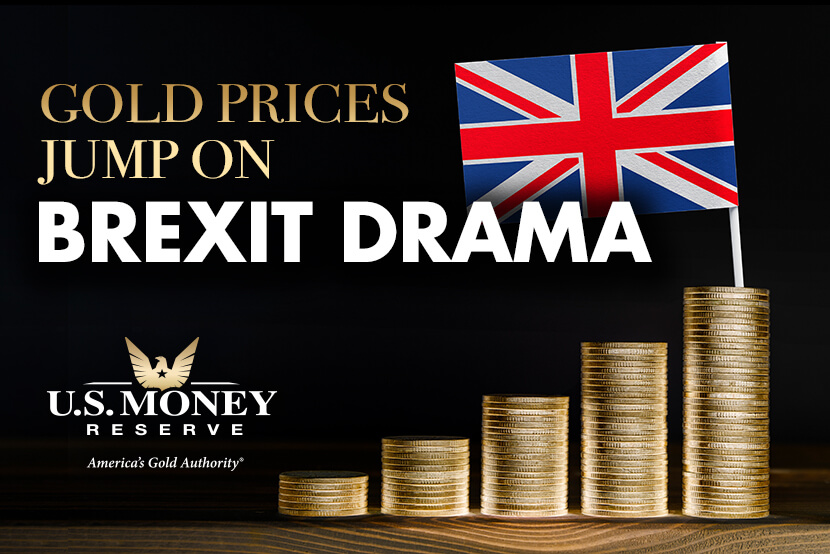
Gold Prices Jump as Brexit Approaches
Global economic uncertainty—especially nagging questions about whether Brexit will actually happen—is helping to drive up the price of gold, underscoring the precious metal’s status as a safe haven. On March 25, gold prices reached a three-week high amid continuing worries over the global economic outlook, such as the turmoil swirling...

A Low Chance of Risk and a High Chance of Ruin
The Cambridge Dictionary defines volatility as “the quality or state of being likely to change suddenly, especially by becoming worse.” This definition can be applied in many areas. In chemistry, volatility is the tendency for a substance to vaporize. In computer science, it’s the risk of catastrophic memory loss. In meteorology, it’s...
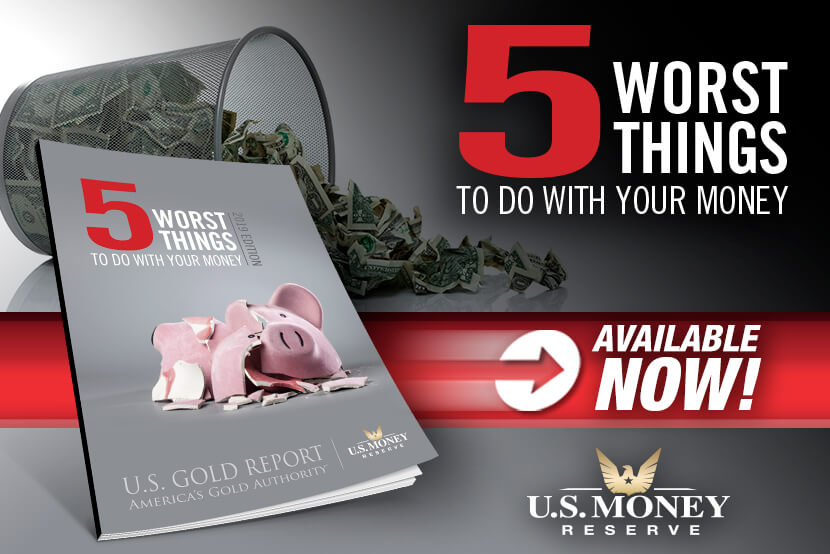
Are You Making Any of Today’s Worst Financial Mistakes?
Unused gym memberships, lottery tickets, and cheaply made clothes are just three of the top money wasters among American consumers. But when it comes to retirement, those money mistakes are greatly outweighed by some much bigger financial blunders. A new special report from U.S. Money Reserve outlines five things you should avoid doing...

Fed Patience Is not a Virtue—It’s a Dire Warning
After a decade of Quantitative Easing (QE) and massive asset purchases designed to rouse the economy out of crisis, America’s central bank began Quantitative Tightening (QT) in 2014. QT is essentially the reversal of QE: the process of not only ending federal bond buying but also unwinding the national balance sheet, which expanded...
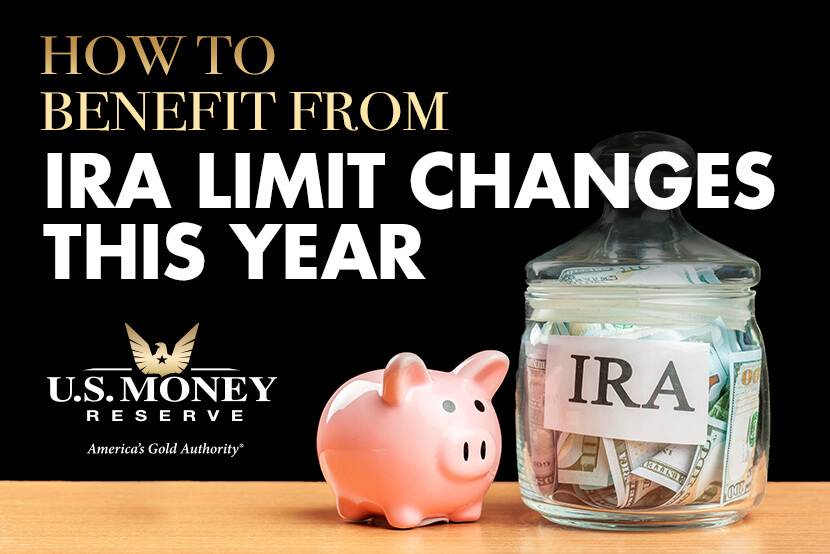
IRA Limits for 2019 Have Changed: Here’s How You Can Benefit
Are you the type of person who likes to max out their retirement account contributions? Then you’re in luck. IRA and 401(k) contribution limits for 2019 have gone up. Follow along as we explain what this means for you and your retirement accounts. Contribution Limits Increase by $500 The most significant change for 2019 involves a $500...

What Follows an Economic Peak? Armageddon?
Nowadays, the word Armageddon is tossed around like a figurative rag doll. While its roots can be traced to Biblical times, it’s often used to describe modern disasters, particularly economic watersheds like recessions and depressions. According to the New Testament in the Bible, Armageddon is actually a place where the armies of good...
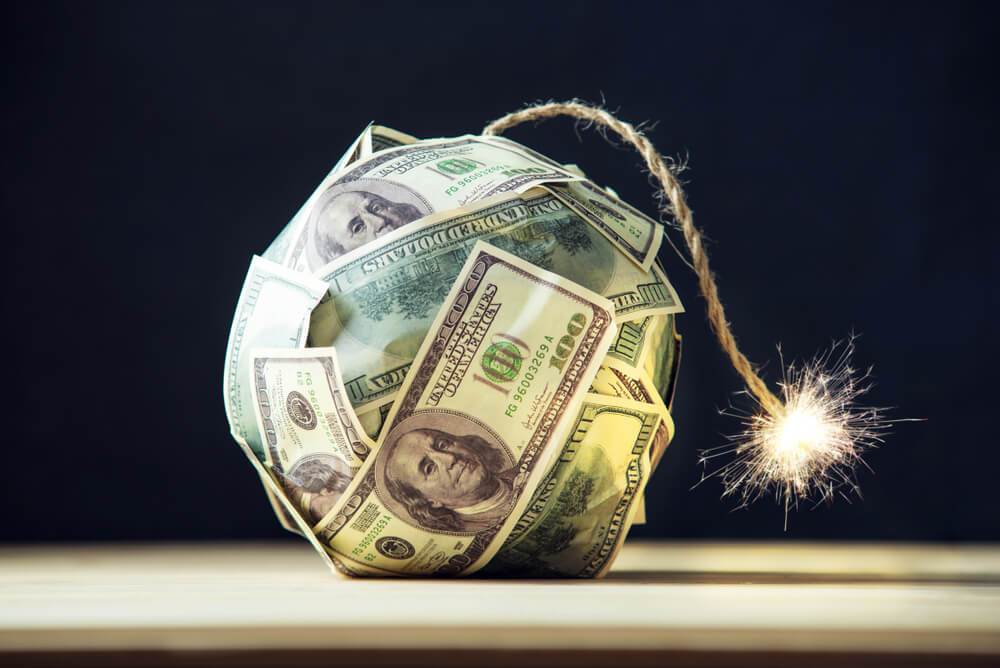
Debt, Deficits, and the Coming Downturn
When one of the world’s largest associations of economists and business strategists issues a warning about the U.S. economy, it’s a good idea to listen. Half of the members of the National Association for Business Economics (NABE) are predicting that the United States will slip into a recession by the end of next year. While the current...

Mixed Signals from the Tightrope: The Fed in 2019
Will they or won’t they? When it comes to raising the federal funds rate, this is always the $64 million question. The federal funds rate is the interest rate that banks charge each other. While it is generally considered to be the most important rate in the world of finance, it is also a crucial variable in the life of the average...
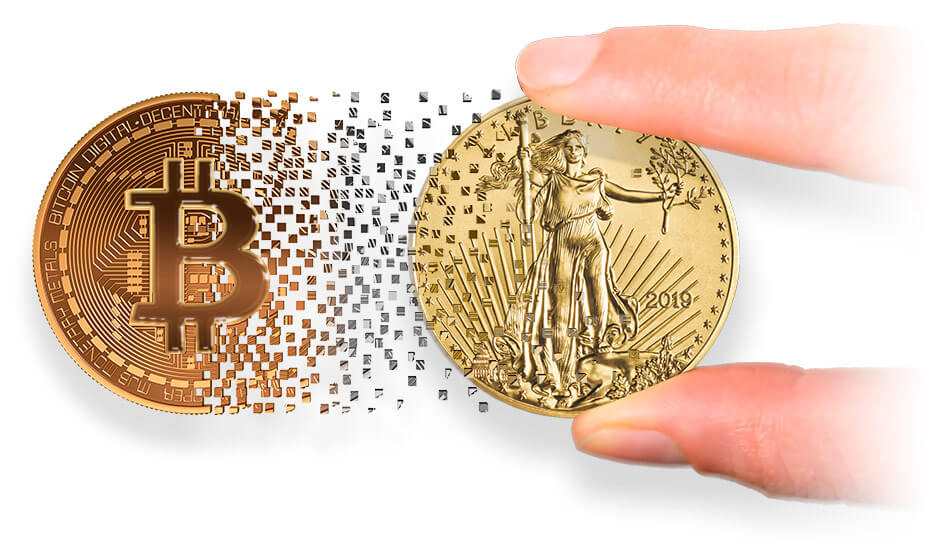
Cryptocurrency May Not Be a Safe Haven, But Here's Why Gold Is
In anything but a cryptic fashion, many market observers are signaling the fall of cryptocurrency and promoting the security of precious metals like gold. A recent CNBC.com article declared that the hot streak that had been enjoyed by bitcoin—the most prominent type of cryptocurrency—is “truly dead.” As a result, people are gravitating...
Find hundreds of reports, articles, videos, and other useful tools to help you become a more educated precious metals owner.
Access Now
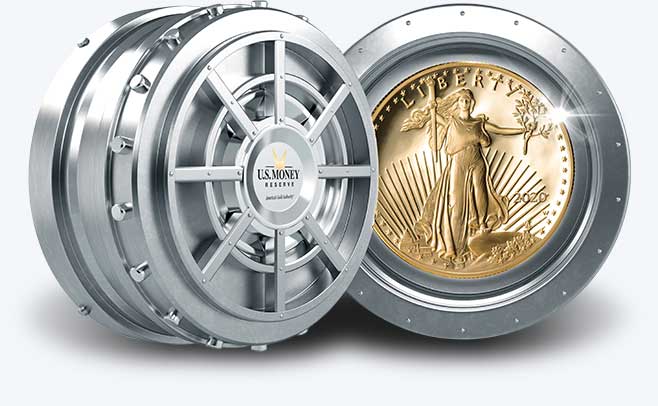
Stay up to date and get the latest news and updates impacting the gold and silver markets and precious metals industry.
Learn More
